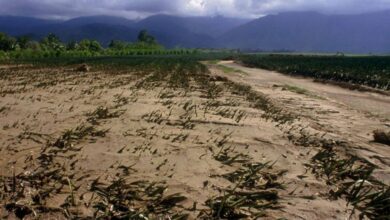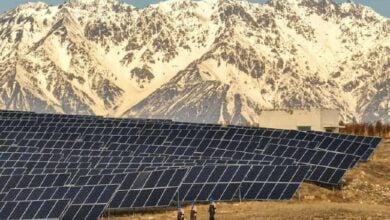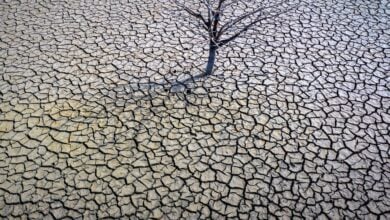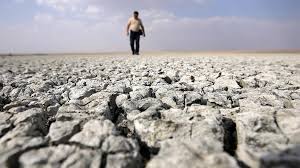Human Activities Linked to Increased Volatility in Global Rainfall, New Study Finds

A recent study published in the journal Science indicates that human activities have significantly increased global rainfall variability over the past century, Xinhua reported yesterday.
Conducted by researchers from the Institute of Atmospheric Physics (IAP) of the Chinese Academy of Sciences, the University of Chinese Academy of Sciences, and the UK Met Office, the study reveals a systematic rise in rainfall fluctuations since the 1900s, affecting both global and regional scales, the news agency added.
Rainfall variability refers to the inconsistency in the timing and amount of precipitation, leading to extreme weather patterns such as intense downpours followed by prolonged dry spells. The research analyzed extensive observational data and found that approximately 75% of the land areas studied, particularly in Europe, Australia, and eastern North America, have experienced increased rainfall variability. Notably, global daily rainfall variability has risen by 1.2% per decade.
The researchers attributed this increase primarily to anthropogenic greenhouse gas emissions, which have resulted in a warmer and more humid atmosphere. “Even if atmospheric circulation remains unchanged, the added moisture leads to more intense rainfall events and greater fluctuations,” explained Zhang Wenxia, the study’s lead author.
The findings underscore the challenges posed by these extreme climate swings to modern weather prediction systems and their potential impacts on society. Wu Peili, a co-author from the UK Met Office, emphasized that such variability threatens climate resilience in infrastructure, economic development, ecosystems, and terrestrial carbon sinks. The study highlights the urgent need for effective strategies to address the implications of changing rainfall patterns on global climate resilience.





